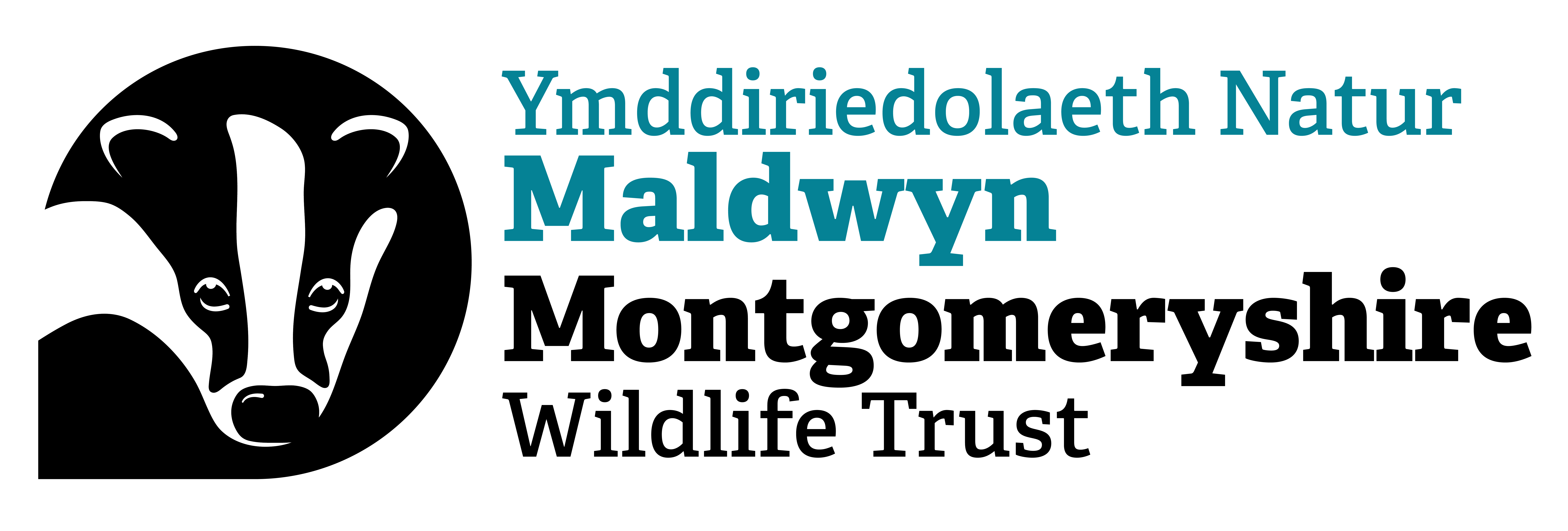Developing SWIFTly
Swifts are plain and sooty brown in colour, but in flight against the sky appear black and are superb aerial flyers. They have scythe-like wings and can often be heard ‘screaming’ around towns and cities, flying high up before darting into the eaves of a building, in which they will nest.
As a summer visitor, breeding across the UK, the Swift is most numerously recorded in the south and east, as well as Wales. Swifts will over-winter in Africa and visit the UK and Europe to breed, usually arriving in late May. Once the breeding season is over, they are often heading back to Africa by late August.
Sadly these birds have declined by 50% in 25 years globally (Swift Conservation, 2021) and their UK Conservation Status is currently Amber, RSPB 2021.
Our aim is to support you in learning how to identify, survey and build nest boxes for these beautiful birds.
